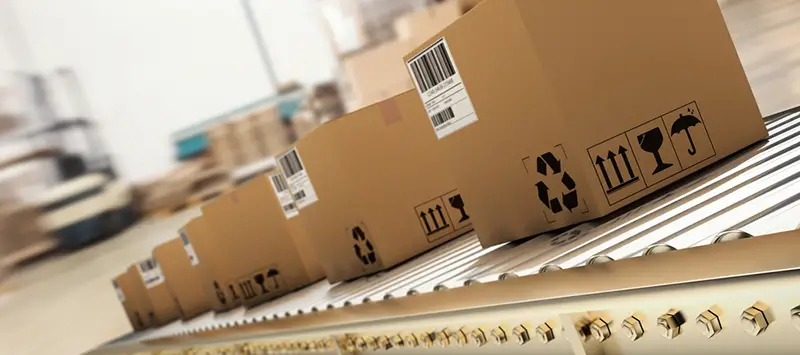Click here to get this post in PDF
Let’s start with the most basic issue: inventory. Unlike a traditional brick-and-mortar store, you don’t need a physical location for stocking and selling products. You don’t even need products! While you could manufacture and sell your own products, many e-tailers sell products that are made by others.
In the early days of e-commerce, if a consumer placed an online order and it magically appeared on the doorstep a week later, he or she was probably astonished that it showed up at all. My, how things have changed! With Amazon driving the delivery bar ever higher, today’s consumers consider an order to be slow if it shows up in two days. With such a tight delivery window, e-commerce companies have to work very hard and be very smart to stay in the game.
The infographic below, How to Speed Up E-commerce Deliveries, is essential reading for leadership and operations personnel in just about any type of e-commerce environment. Start-up companies need to become experts in rapid delivery — and they need to do this quickly. Established e-commerce companies need to consider new fulfillment strategies to shorten lead times without adding substantial cost. Rapidly growing e-commerce firms may have found that delivery solutions perfectly suitable six months ago are hopelessly out of date and inefficient today given their current volume of orders.
E-commerce is an exciting business because the sky’s the limit. When an e-commerce website is launched, it reaches a market the size of the entire U.S., or even the whole world. That’s a lot of upsides. The problem is, exposing your company to a vast geographic area is far easier than delivering to all points within that geography overnight or the same day. And, without doing so, as the infographic points out, around 95% of your market will label you as slow.
Solutions to the problem offered in the infographic include tactics you can use inside the box and others that take you outside the box. A unique and innovative technology-based solution to all logistical problems and concerns is provided by treefroglogistics.com which simplifies the process of all domestic and international shipments. They have sophisticated systems for picking, material handling, and transportation that can turn your vexing delivery challenges into a non-issue.
Many other decisions must be made as you set up the supply chain strategy that works best for you. How and where will you warehouse your inventory? Will you even need an inventory? What do you need to consider when selecting a packaging vendor? Have you thought about logistics, or how to fulfill and deliver products? Would it make sense to outsource any or all of your operational tasks to a third-party logistics (3PL) provider?
3PLs are not always the answer, though. Keeping operations tightly under your control is a major plus for many e-commerce companies, and the infographic describes a number of ideas for speeding up internal operations — and just as important, ideas for doing that without letting your operating costs spiral out of control. An important way to control shipping costs is to get creative with packaging. Smaller containers, lighter weight packaging materials and automated packing systems not only reduce packaging costs but can produce a substantial reduction in shipping costs as well.
You may also like:
10 Benefits of a Centralised Distribution System
Key Strategies for International Shipping Success
Image source: Shutterstock.com

